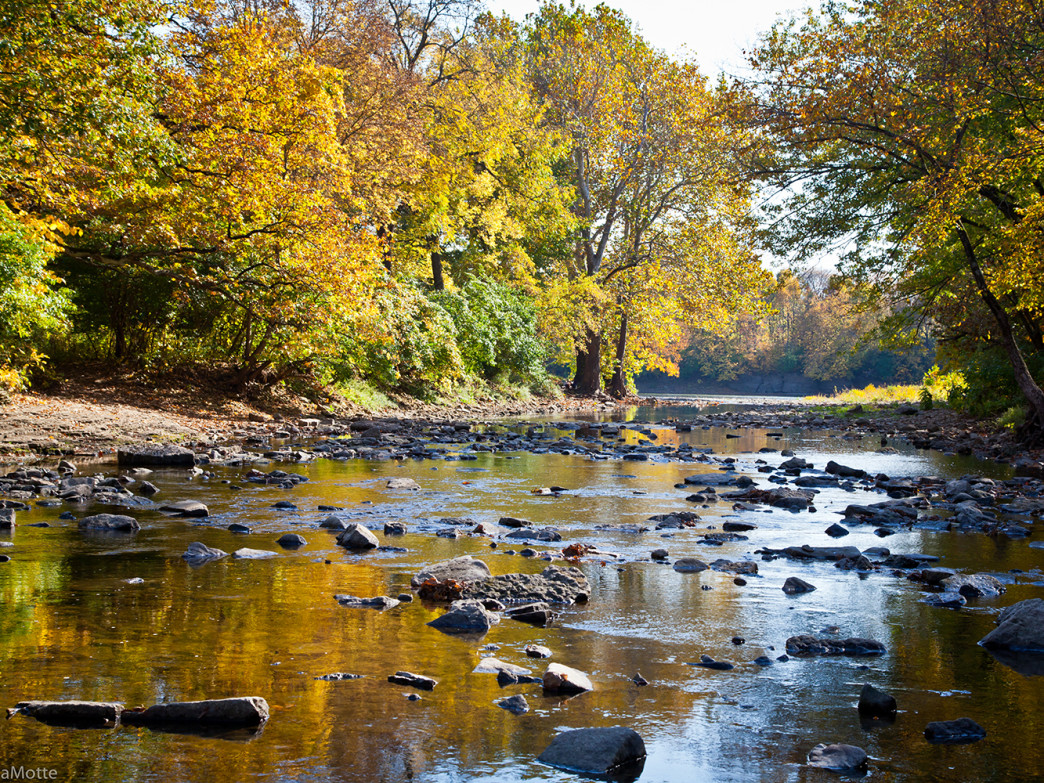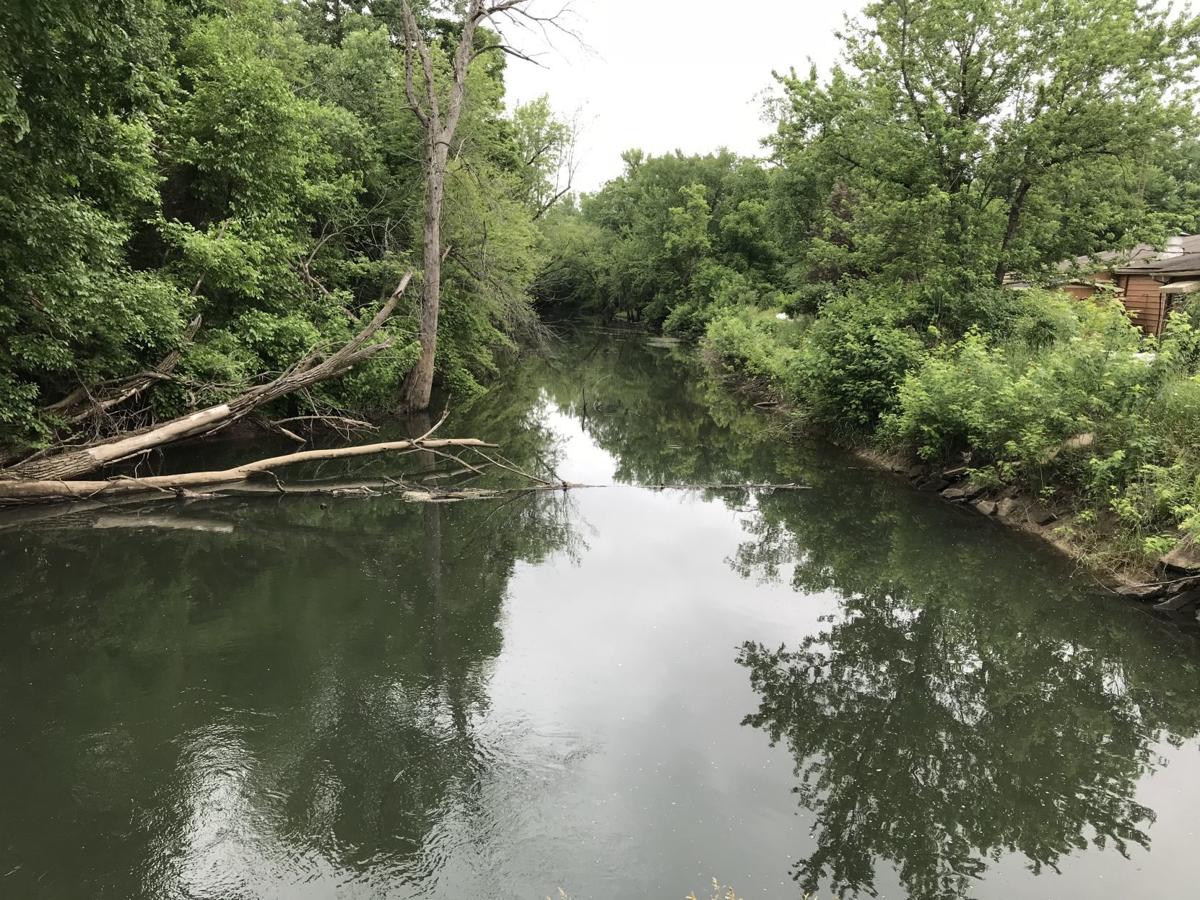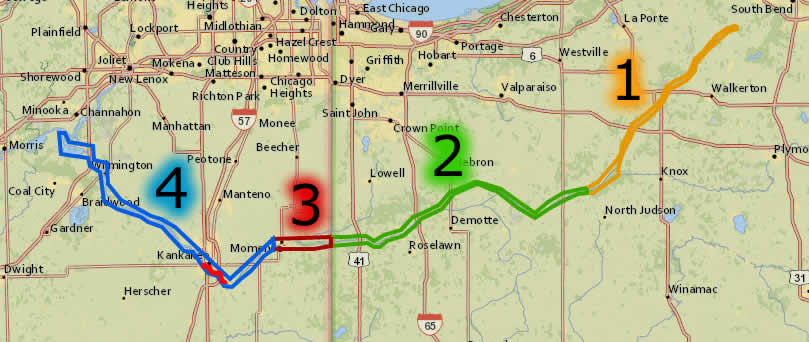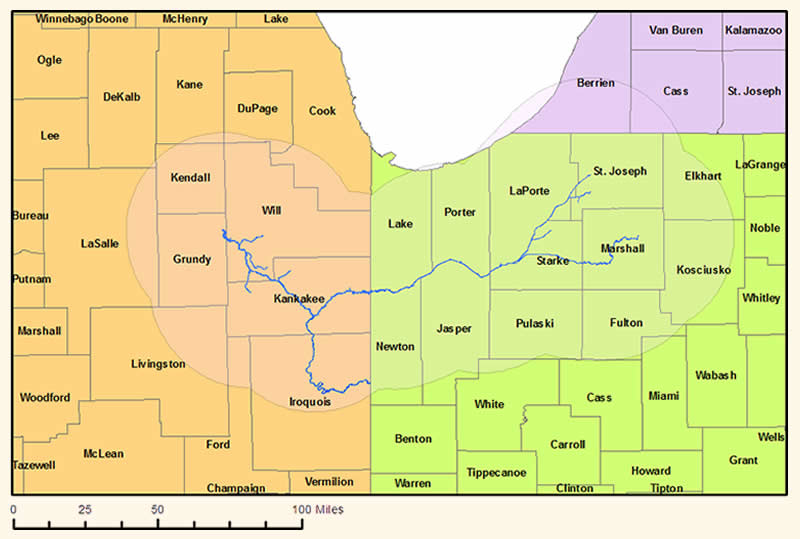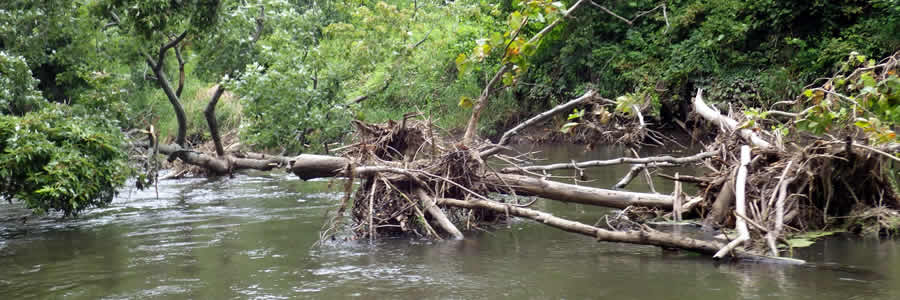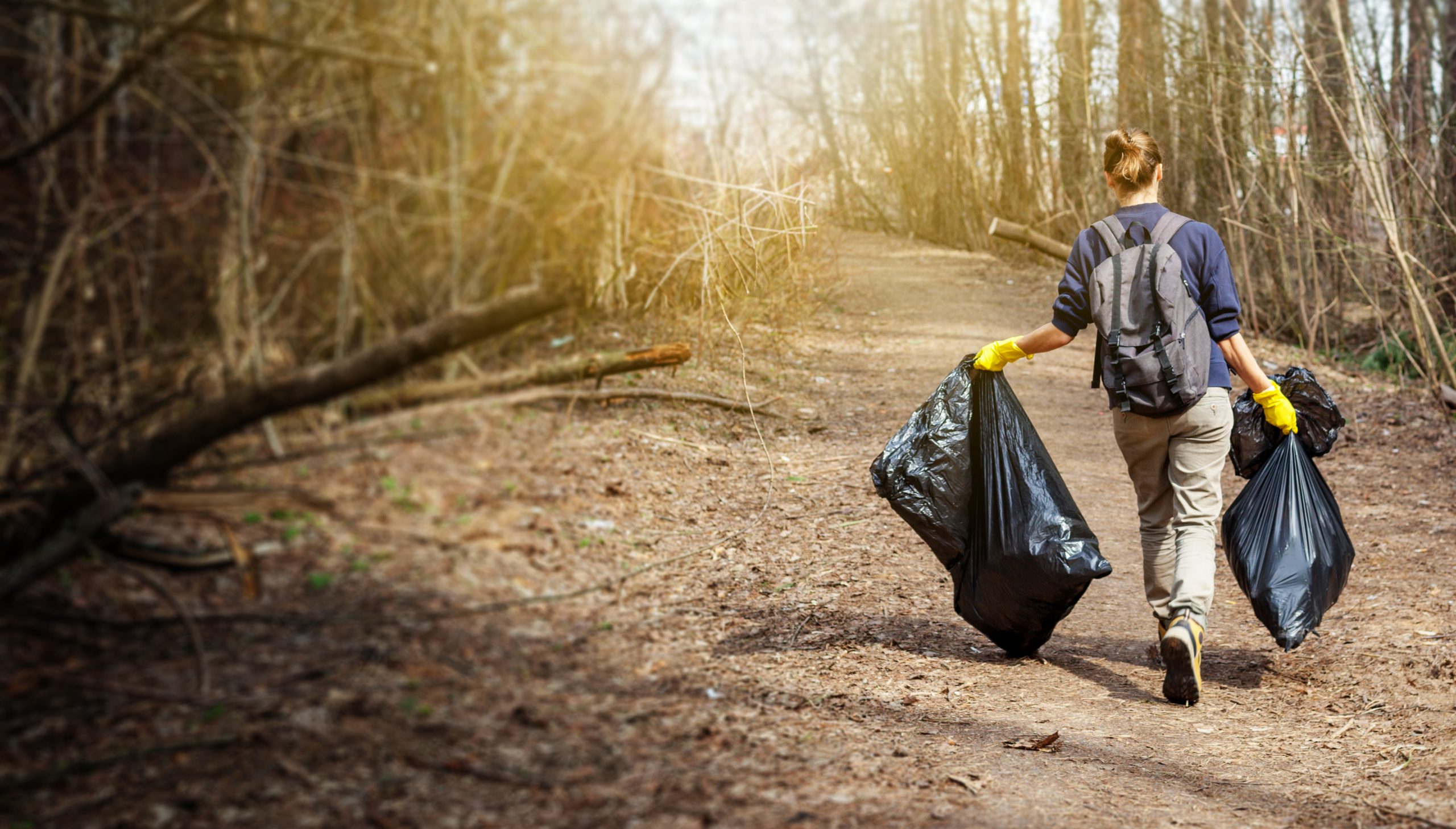A limo bus Chicago rental companies, can provide you with one of the most comfortable and luxurious party buses on the city’s north side. These Chicago party buses are furnished with all the amenities you need to have a great time, including professional chauffeurs. Regardless of the size of your group, a limo bus will get you where you need to go in style and comfort. In addition, some of these rental companies also offer amenities such as bathrooms.
If you’re looking for a party bus, you can hire a Chicago limo bus for the evening
These buses are perfect for birthday parties, weddings, prom nights, and any other event you’d like to celebrate. There’s no limit to the places you can go with a party bus in Chicago. From business events to special events, you’ll find the perfect party bus for any occasion. There are no limits to where you can take your party!
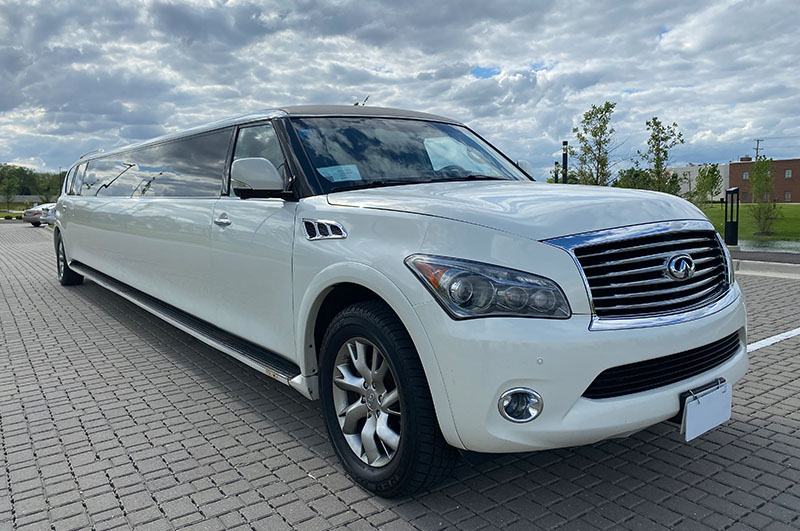
Whether you’re looking for a point-to-point service or an hourly rate, Chicago limo bus companies offer everything you need for your special event. The party buses have all the amenities you’ll need, and their chauffeurs will make sure you have a great time! All of these companies have excellent ratings and have a reputation for providing the best service. You can even save money by renting a limo bus for a special occasion.
When you rent a party bus in Chicago, you can expect to have an incredible time
The bus comes equipped with three TV screens, a powerful sound system, a VIP dance floor, a standing bar, and two stripper poles! You can expect to spend hours in this party bus, and you can have a great time. The luxury party bus will make you feel like royalty on the streets. You’ll have a great time, and your guests will love the luxurious ride.
Regardless of the occasion, a limo bus can make your sweet sixteen night unforgettable
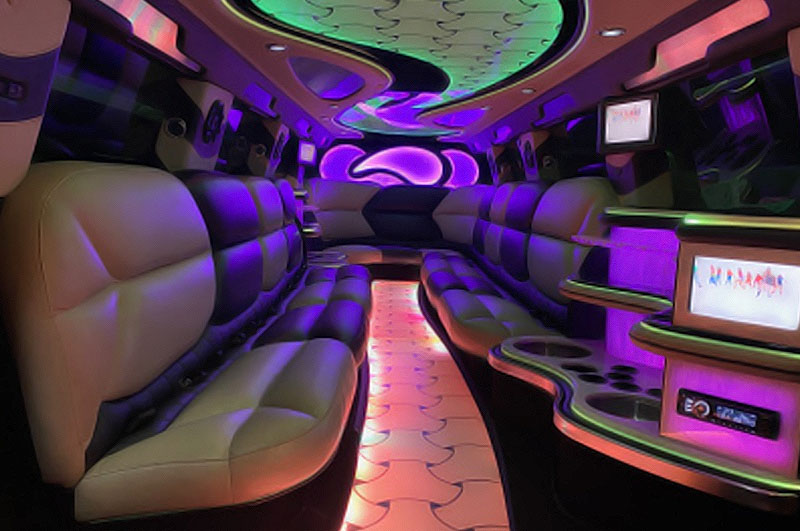
Choose a limo with fiber optic lights and a CD player. A limousine can even include an Xbox or Play Station 2. These features can help make your birthday or special event the most memorable. A neo-class alumnus can afford a limo, too. There are many advantages to hiring a swanky Chicago limo.
Whether you’re looking to celebrate your birthday with a limo or just want to celebrate a special occasion, a limo is the perfect way to make the night special. Depending on the size of the event and the number of people attending the event, a deluxe liuo can provide the perfect environment for a memorable night. The luxury of a limo is unmatched.

